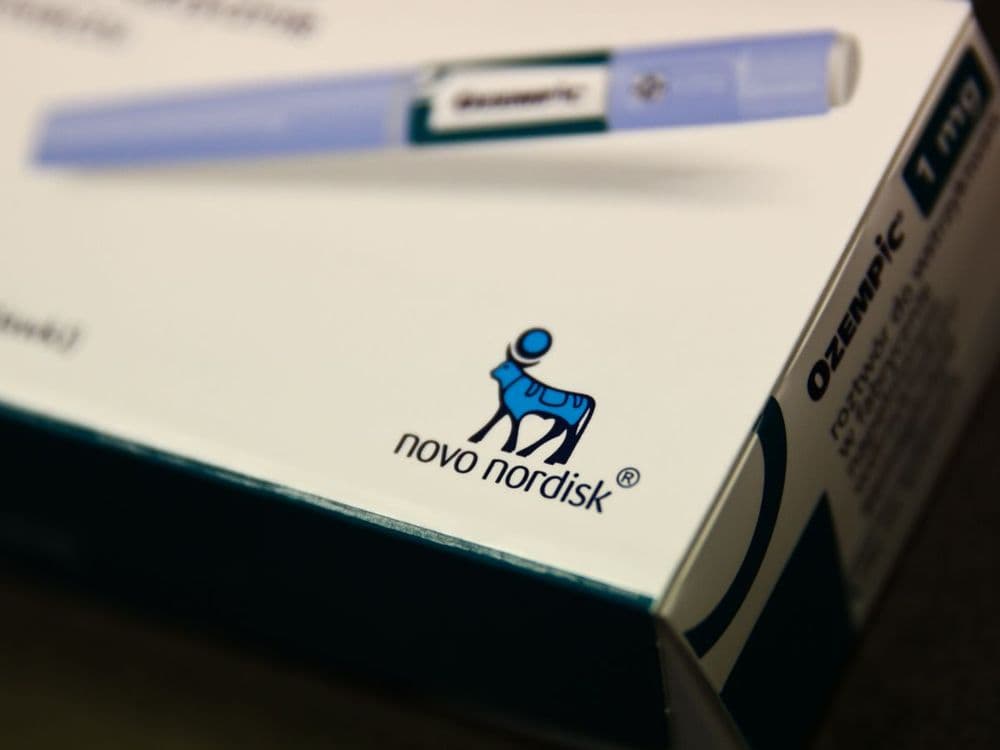U.S. Announces Negotiated Medicare Prices For 15 High Cost Drugs
The Biden administration is announcing negotiated Medicare prices today for 15 of the most expensive prescription medicines, a key test of the Inflation Reduction Act strategy to rein in drug spending. The move could shape drug costs for beneficiaries, federal budgets and industry strategy, as analysts compare the new prices to recent net Medicare prices and to prices abroad.

The federal government is announcing negotiated Medicare prices for 15 high cost prescription drugs, a significant milestone in the implementation of the Inflation Reduction Act and a test of whether the administration can deliver durable reductions in drug spending. The negotiated prices, which officials say will take effect in 2027, target medicines that have been among the largest drivers of Medicare outpatient drug costs.
Among the drugs included in the new list are GSK’s Trelegy Ellipta and AbbVie’s Linzess, which serve large patient populations for chronic respiratory and gastrointestinal conditions respectively. The names on the list reflect a mix of long established brand medicines and newer therapies that carry substantial price tags. Analysts will scrutinize the published figures to compare them with Medicare’s recent net prices after confidential rebates and with prices paid in other high income countries.
The announcement follows earlier, more limited action aimed at the fast growing market for GLP 1 medicines. Regulators capped monthly Medicare and Medicaid prices for Novo Nordisk GLP 1 drugs at 245 dollars, down from recent net Medicare prices that were about 428 dollars for Ozempic, according to federal estimates. That cap was framed as an emergency measure to immediately blunt rapidly rising program spending and beneficiary out of pocket costs for weight loss and diabetes drugs.
Under the Inflation Reduction Act, Medicare negotiating has already produced an average discount of about 22 percent for an initial set of drugs. The statute requires the agency to weigh clinical benefit, available alternatives, and budget impact when setting prices, while explicitly excluding international price benchmarks from the formal calculation. The new list of 15 drugs will show whether the program can sustain similar or larger discounts for therapies with more entrenched markets and complex rebate arrangements.

Pharmaceutical manufacturers have mounted legal challenges to parts of the law and warned that mandated price reductions could harm research and development investments. Industry groups have argued that lower revenues will translate into fewer resources for discovering new medicines. Supporters of the law and some independent analysts contend that negotiating power can rein in excessive prices without derailing innovation, and that savings will help assure long term fiscal sustainability for Medicare.
Policy watchers say the practical impact will depend on how deeply the negotiated prices cut into net spending after rebates and whether manufacturers alter pricing, contracting or access strategies in response. Observers will also track whether negotiated prices influence commercial market prices or whether manufacturers restructure discounts and patient assistance programs.
The administration plans to begin the next formal round of Medicare drug negotiations in February 2026, a timetable that ensures continuing pressure on the sector and repeated opportunities to test the program’s effectiveness. For beneficiaries and taxpayers, the announcement represents a focal point in a broader debate over how best to balance access to innovative medicines with control of soaring drug costs.


